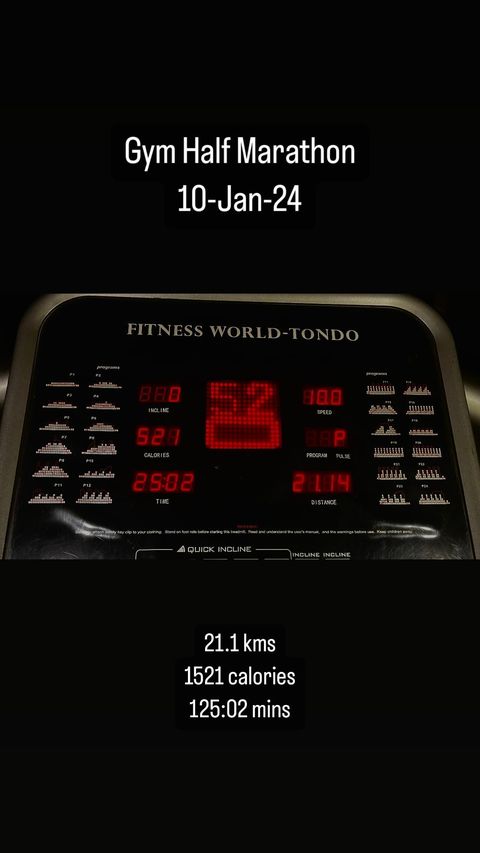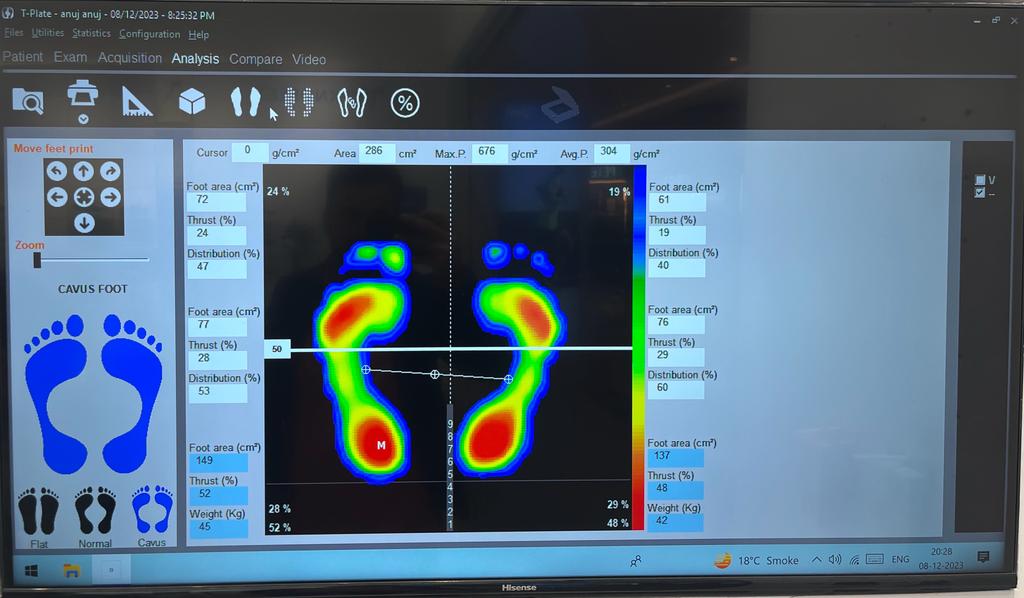Running is a fantastic way to stay fit and healthy, but it's not without its risks. Injuries are all too common among runners, often caused by overuse, poor form, or inadequate training. However, with the right precautions and training techniques, you can minimize the risk of injury and enjoy your runs to the fullest.
Common Running Injuries and Prevention
1. Knee Injuries: Knee pain is one of the most common complaints among runners. To avoid knee injuries, focus on strengthening your quadriceps and hamstrings, and incorporate cross-training activities like cycling or swimming into your routine to reduce impact.
2. Shin Splints: Shin splints are characterized by pain along the shin bone and are often caused by overuse or improper footwear. To prevent shin splints, gradually increase your mileage, wear proper shoes with good cushioning and support, and incorporate strength training exercises targeting the calf muscles.
3. Plantar Fasciitis: Plantar fasciitis is inflammation of the tissue along the bottom of the foot and can be extremely painful. To prevent this injury, stretch your calves and Achilles tendon regularly, wear supportive shoes with arch support, and avoid running on hard surfaces.
4. IT Band Syndrome: IT band syndrome occurs when the iliotibial band becomes inflamed, causing pain on the outside of the knee. To prevent IT band syndrome, strengthen your hip abductor muscles, avoid running on uneven surfaces, and incorporate foam rolling into your routine to loosen tight muscles.
Strength and Weight Training
Incorporating strength and weight training into your schedule can help prevent some of the most common running injuries. Focus on exercises that target the muscles used in running, such as squats, lunges, and calf raises, to improve strength and stability.
The Importance of Stretching: Preparing Your Body for a Safe Run
Stretching before and after a run is crucial for injury prevention and overall muscle health. Prior to your run, dynamic stretches help to warm up the muscles, increase blood flow, and improve flexibility, reducing the risk of strains and tears during exercise. Incorporating dynamic movements such as leg swings, arm circles, and lunges helps prepare the body for the demands of running. On the other hand, post-run static stretches help to relax and elongate the muscles, preventing tightness and soreness. Focusing on key areas such as the calves, quadriceps, hamstrings, and hip flexors can aid in maintaining flexibility and range of motion, promoting faster recovery and reducing the risk of injury over time. Incorporating a regular stretching routine into your pre- and post-run rituals is essential for maintaining optimal performance and minimizing the risk of injuries.
Treadmill Running and Injury Prevention
While running on a treadmill can be convenient, it can also be hard on the knees and other parts of the legs due to the repetitive motion and lack of variation in terrain. To minimize the risk of injury when running on a treadmill, vary your speed and incline, wear supportive shoes, and take regular breaks to stretch and rest.
Training Schedule for Treadmill Running
To safely incorporate treadmill running into your routine, start with a gradual warm-up, then alternate between periods of running and walking to build endurance. Aim for at least 30 minutes of treadmill running, three times per week, and gradually increase the duration and intensity as your fitness improves.
To identify potential injuries and avoid further damage, perform simple tests to assess the state of your legs, body, and lower back. These tests can include checking for flexibility, strength imbalances, and any signs of pain or discomfort during movement.
By incorporating strength training, varying your running surfaces, and paying attention to your body's signals, you can significantly reduce the risk of common running injuries and stay injury-free. Remember to listen to your body, gradually increase your mileage, and seek professional advice if you experience persistent pain or discomfort.



